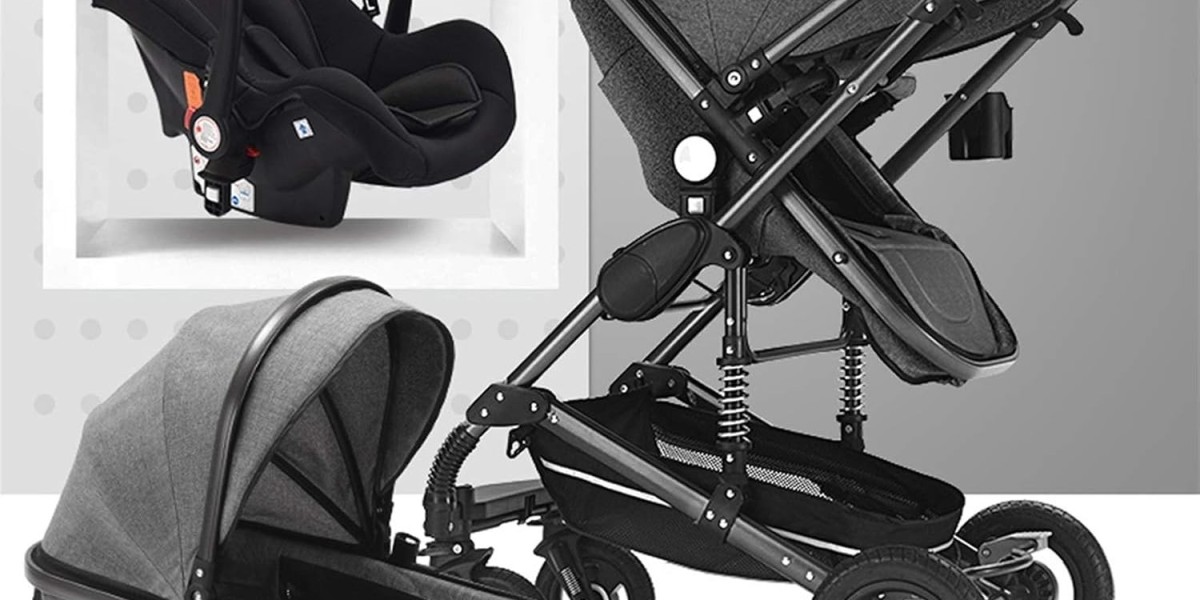When it comes to achieving a flawless finish in your plastering projects, selecting the right tools is crucial. One of the essential tools in this regard is the plasterboard sander. In this article, we will delve deep into the world of plasterboard sanders, exploring their types, features, benefits, and best practices to help you achieve professional results.
Understanding Plasterboard Sanders
Plasterboard sanders are specialized tools designed to smooth out the surface of plasterboard after installation. They are essential for preparing walls for painting or wallpapering, ensuring a perfectly even finish that enhances the overall aesthetics of any space.
Types of Plasterboard Sanders
There are two main types of plasterboard sanders: manual and electric. Each has its unique features and advantages.
Manual Sanders
Manual sanders are simple, handheld devices often made of lightweight materials. They require physical effort to operate, making them suitable for smaller jobs or touch-ups.
- Pros:
- Lightweight and easy to control.
- Low cost and minimal maintenance.
- Ideal for small or detailed areas.
- Cons:
- Requires more physical effort and time.
- Limited effectiveness on larger surfaces.
Electric Sanders
Electric plasterboard sanders are powered tools that make the sanding process quicker and more efficient. They often come with adjustable speed settings and dust collection features.
- Pros:
- Significantly faster than manual options.
- Adjustable speeds for different applications.
- Often equipped with dust collection systems, reducing cleanup time.
- Cons:
- Higher initial investment.
- Requires some knowledge to operate effectively.
Key Features to Consider
When selecting a plasterboard sander, it’s essential to consider several key features to ensure you choose the best tool for your needs.
Dust Collection System
A robust dust collection system is vital when sanding plasterboard. It helps minimize dust in the air, promoting a cleaner workspace and improving visibility while you work. Look for sanders that have integrated dust bags or connection points for vacuum systems.
Adjustable Speed Settings
Different sanding tasks require varying levels of aggressiveness. An adjustable speed feature allows you to customize the tool’s performance based on the surface and material you’re working with.
Weight and Ergonomics
Consider the weight and ergonomics of the sander. A lightweight tool is easier to handle over extended periods, reducing fatigue. Ergonomic designs can also enhance comfort, allowing for better control and precision.
Benefits of Using a Plasterboard Sander
Using a plasterboard sander offers numerous benefits that can significantly enhance the quality of your work.
Time Efficiency
Electric plasterboard sanders can save significant time compared to manual sanding, especially on larger projects. The speed and efficiency of these tools allow for quicker job completion without sacrificing quality.
Superior Finish Quality
A plasterboard sander ensures a smoother, more professional finish than traditional sanding methods. This level of precision is crucial when preparing surfaces for paint or wallpaper.
Reduced Physical Strain
Using an electric sander can significantly reduce the physical strain associated with manual sanding. This is especially beneficial for larger projects, where prolonged sanding can lead to fatigue.
Best Practices for Using a Plasterboard Sander
To achieve the best results with your plasterboard sander, follow these best practices:
Preparation is Key
Before you start sanding, ensure the surface is dry and free from any dust or debris. This preparation step is crucial for achieving a smooth finish.
Use the Right Grit Sandpaper
Different sanding stages require different grit sandpapers. Start with a coarser grit to remove any imperfections and then move to finer grits for a smoother finish.
Maintain Even Pressure
When using your sander, maintain even pressure across the surface. This practice will help prevent gouging and ensure a uniform finish.
Keep the Tool Moving
Avoid staying in one spot for too long. Keeping the sander moving helps prevent damage to the plasterboard and results in a more consistent finish.
Utilize a Dust Collection System
If your sander has a dust collection feature, use it. This system will help keep your workspace cleaner and more comfortable, allowing you to focus on the task at hand.
Common Mistakes to Avoid
When using a plasterboard sander, there are several common pitfalls to be aware of:
Sanding Too Aggressively
One of the most common mistakes is sanding too aggressively, which can lead to uneven surfaces and damage to the plasterboard. Always start with a lighter touch and increase pressure gradually as needed.
Neglecting Dust Collection
Failing to utilize a dust collection system can result in a messy workspace and can hinder visibility. Always connect your sander to a vacuum or ensure the dust bag is empty before starting.
Ignoring Safety Precautions
Always wear appropriate safety gear, including dust masks and eye protection, to safeguard against fine dust particles that can be harmful to your health.
Conclusion
In summary, selecting the right plasterboard sander is crucial for achieving the best results in your plastering projects. Whether you opt for a manual or electric model, understanding the features, benefits, and best practices can significantly enhance your efficiency and the quality of your work. By following the guidelines outlined in this article, you will be well-equipped to tackle any plasterboard sanding task with confidence and precision. For top-notch tools and supplies, consider turning to Plastering Supplies, where quality meets expertise.



